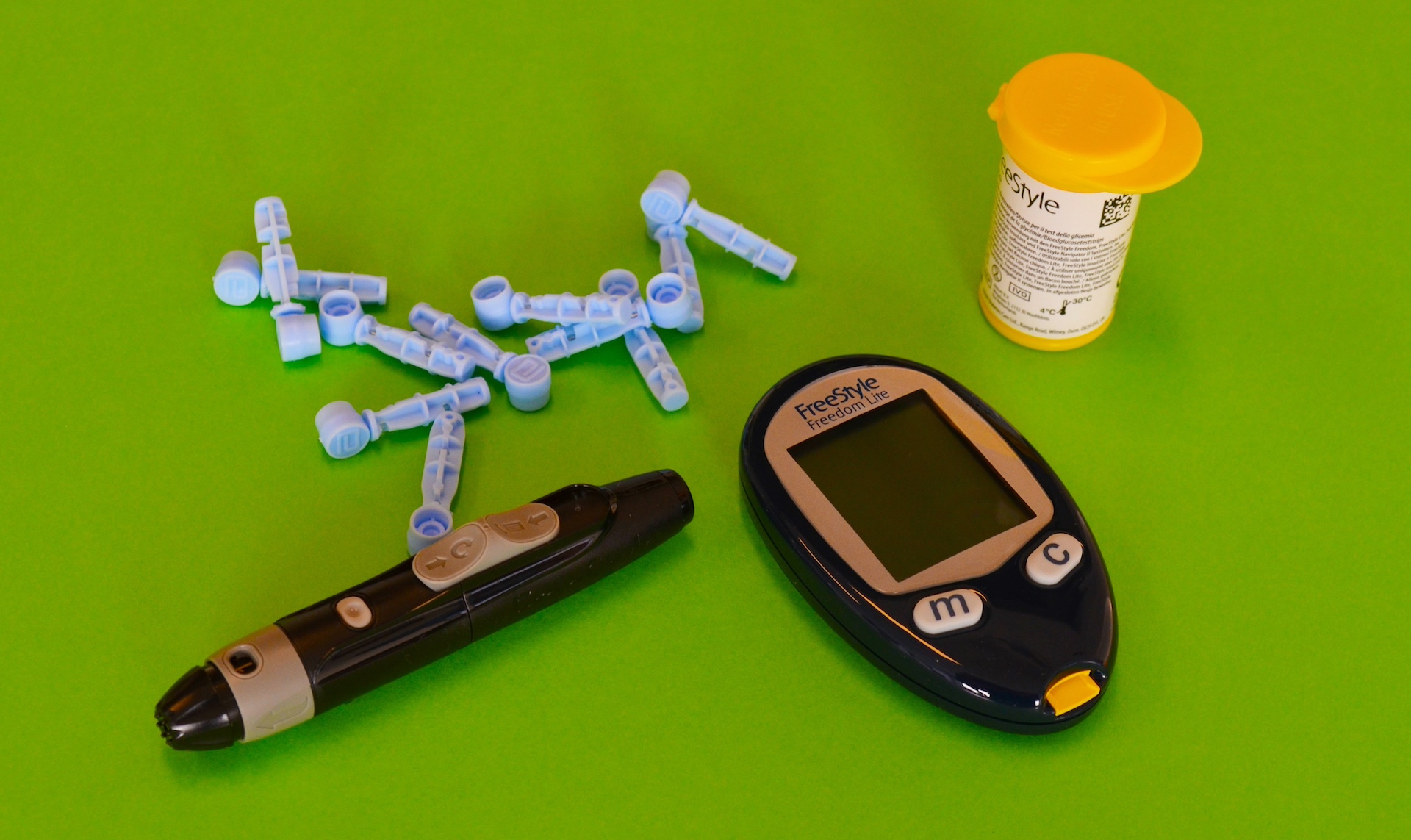What are 5 stages of diabetic foot?
Diabetes, if not properly managed, can lead to several health complications, one of the most severe being diabetic foot. This condition stems from a combination of factors, such as nerve damage, poor circulation, and slow healing, which can make the feet vulnerable to ulcers and infections. If left untreated, it can escalate into serious complications, including amputation in the worst cases.
At Chellaram Diabetes & Multispecialty Hospital, Pune, we priorities patient education to help individuals manage and prevent the progression of diabetic foot. By understanding its five key stages, patients and caregivers can take timely action to safeguard both their health and mobility.
Stage 1: The Normal Foot
At this stage, the foot might appear completely healthy, free from wounds, deformities, or visible abnormalities. However, a closer look reveals potential risk factors that could lead to diabetic foot problems over time. These include underlying issues such as:
- Neuropathy (nerve damage), which reduces sensation in the feet
- Poor circulation due to narrowed or blocked blood vessels
- A loss of skin elasticity, making the foot more prone to injuries
Silent Risks
Though everything seems fine, individuals with diabetes should remain cautious. Small cuts, blisters, or abrasions may go unnoticed due to reduced sensation. Regular foot inspections and routine visits to specialised healthcare providers can help identify and mitigate these early indicators.
Stage 2: The High-Risk Foot
By this stage, specific risk factors are evident, increasing the likelihood of foot complications. Common issues include:
- Deformities such as bunions, hammertoes, or ulcers forming under calloused skin
- Peripheral neuropathy, causing tingling, burning, or complete loss of sensation
- Signs of ischemia, characterised by reduced blood flow to the foot
- Swelling or a build-up of hard skin (calluses), which can lead to pressure injuries
Why This Stage Matters
A high-risk foot doesn’t necessarily mean there’s a current injury, but it serves as a red flag indicating that preventive measures are urgently required. Shoes that fit well, regular hydration of dry skin, and avoiding barefoot walking are some practical tips to reduce risks.
Specialist care during this stage, such as guidance from multidisciplinary teams at Chellaram Diabetes & Multispecialty Hospital, Pune, forms an essential part of preventing further progression.
Stage 3: The Ulcerated Foot
This critical stage signals visible damage, as an open sore, wound, or ulcer forms. Neuropathy means these wounds may develop without the patient noticing, as there is often no associated pain.
Causes of Ulcers
Ulcers typically emerge from seemingly minor injuries, such as:
- Friction caused by ill-fitting footwear
- A sharp object piercing the bottom of the foot
- Wounds resulting from prolonged pressure in specific areas
Beyond the discomfort and difficulty they cause, ulcers at this stage have the potential to become infected, making swift medical intervention essential.
Treatment Protocols
Treatment involves:
- Debridement, or carefully cleaning out dead or infected tissue.
- Dressing the wound to ensure healing under sterile conditions.
- Offloading pressure from the affected area, often through the use of specialised footwear, crutches, or wheelchairs.
At leading diabetes and multispecialty centers in Pune, patients benefit from advanced techniques and expert wound care specialists who significantly enhance recovery outcomes.
Stage 4: The Infected Foot
Without prompt treatment, an ulcer can progress to become infected, affecting deeper tissues such as muscles, tendons, and even bones. At this stage, noticeable symptoms may include:
- Increased redness and swelling around the wound
- Pus, foul-smelling discharge, or worsening pain around the ulcer
- Fever or chills, indicating the spread of infection
Risks and Complications
An infection left unaddressed can escalate quickly, posing a risk not only to the affected foot but also to the entire body through systemic infection. Advanced imaging and laboratory tests are often required during this stage to evaluate the extent of infection and determine appropriate treatment.
Aggressive Interventions
Treatments for an infected foot may include:
- Strong oral or IV antibiotics to combat bacterial spread
- Surgical procedures like drainage of abscesses or partial removal of infected tissue
- Intensive wound care to minimise complications and promote healing
Expert Diabetes treatment in Pune at institutions like Chellaram Diabetes & Multispecialty Hospital, ensures that infections are handled with precision to prevent further deterioration.
Stage 5: The Necrotic Foot
This represents the most severe stage of diabetic foot, where tissue death (necrosis) occurs. If an infection spreads unchecked, it deprives the foot of adequate blood supply, leading to the death of affected tissues. At this point, gangrene may set in, which is often characterised by:
- Black, dead skin
- An unpleasant odour
- Severe pain, or paradoxically, a complete lack of sensation
When Amputation Becomes Necessary
When tissue death is extensive, amputation may be required to:
- Prevent the infection from spreading further, especially to the bloodstream
- Save the remaining limb and, in some cases, the patient’s life
Amputation is always considered a last resort. Comprehensive care strategies, including advanced surgical and medical support at top diabetes and multispecialty centers in Pune, aim to prevent this outcome whenever possible.
The Importance of Early Detection
Diabetic foot complications can progress rapidly, which is why early detection and consistent monitoring play a crucial role in prevention. Here are some key takeaways for diabetic patients:
Daily Foot Checks
Inspect your feet for cuts, blisters, redness, or swelling. Use a mirror if necessary, and ensure hard-to-see areas are examined.
Proper Footwear
Always wear comfortable, breathable shoes that provide ample cushioning and support. Avoid walking barefoot, even at home.
Regular Medical Check-Ups
Visit healthcare specialists regularly for screenings. Institutions like Chellaram Diabetes & Multispecialty Hospital, Pune offer dedicated diabetic foot care clinics to assess and prevent complications.
Blood Sugar Management
Proper glucose control significantly reduces the likelihood of nerve damage and slow wound healing.
Classifying Diabetic Foot Stages
For a more clinical understanding, classifications such as the Wagner-Meggitt system are often used by healthcare professionals to categories the severity of foot ulcers. This system assigns grades ranging from 0 (no open ulcers but high risk) to 5 (extensive gangrene or necrosis). Such frameworks aid in tailoring treatment plans depending on the severity of the condition.
Final Thoughts
Diabetic foot complications can often be prevented with proactive management. By understanding the five stages — from a healthy foot to a necrotic one — patients can take early action to avoid serious outcomes. Preventive care under the guidance of experienced medical professionals in specialized diabetes and multispecialty centers ensures timely diagnosis and personalized treatment.
Protecting your feet is a crucial aspect of diabetes management. With proper awareness and medical support, many complications can be avoided, helping you preserve both mobility and quality of life.










